Less than 5 minutes reading time.
Last Friday, I touched on this lens while discussing AI advancements, but today, let’s focus on the lens itself—why I bought it and how I plan to use it.
Over a year ago, I began searching for a versatile lens for landscapes, street photography, and specifically also suitable for video. The Olympus 12mm f/2.0 (€800) and 17mm f/1.8 (€500) caught my eye but didn’t quite fit my needs. The 12mm felt too wide, and the 17mm just a bit too narrow for general use.
Around the same time, I started exploring budget-friendly Chinese manual lenses for Micro Four Thirds (MFT). Enter the Kamlan 15mm f/2.0, a lens I hadn’t yet tried but seemed like the ideal middle ground I’d been seeking. On an MFT system, its 15mm focal length (30mm full-frame equivalent) hits the sweet spot, offering a versatile field of view. Combined with an f/2.0 aperture, it promises strong low-light performance.
For APS-C cameras with a 1.5x crop factor, the Kamlan 21mm f/1.8 serves as a great alternative. It provides a similar field of view (31.5mm equivalent) and costs slightly less—just over €100.

- Focal Length: 21mm
- Aperture: f/1.8 – f/16
- Lens Mount:SonyE, FujiX, CanonEFM
- Construction: 8 elem. -7 gr.
- Min. Focus Dist.: 0.21m (21 cm)
- Filter Size: 52mm
- Diaphragm Blades: 9
- Field of View: Approx. 68°
- Focus Type: Manual focus
- Weight: ~Approx 250g
- Build: Metal body for durability
- Picture courtesy of Kamlan.com.cn
I won’t be testing the Kamlan 21mm f/1.8 myself right away, but if you’re interested in a similar experiment to the one I’m currently working on—searching for a video lens with a 30mm focal length in full-frame equivalent—this Kamlan 21mm might be a worthwhile alternative. For a review, you can check out this video by Tom’s Cameras on YouTube: https://youtu.be/VUxQ1W3NFlg?feature=shared.
Despite lacking autofocus, I plan to experiment with hyperfocal settings, which could make this lens an excellent creative tool. Sometimes, simplicity leads to inspiration.
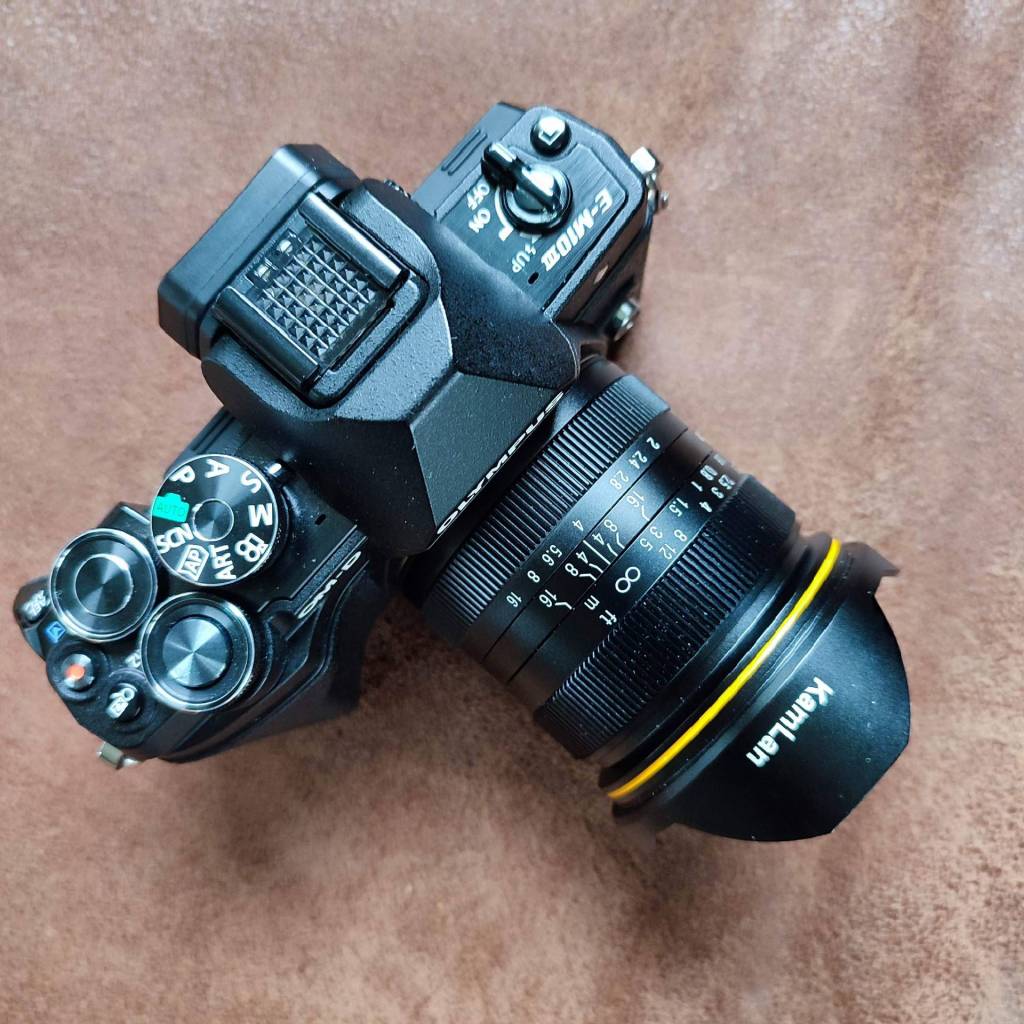
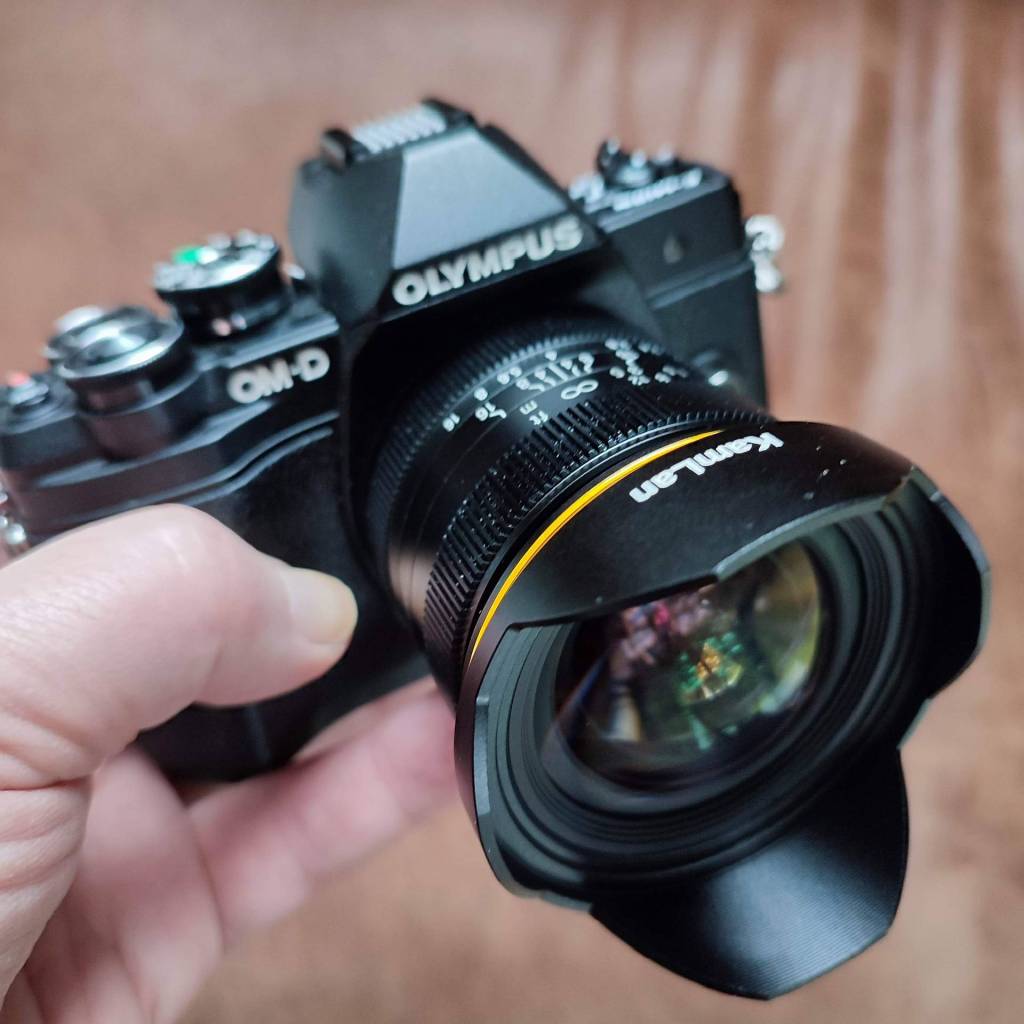
Kamlan 15mm f/2.0: A Cost-Effective Alternative to Premium Primes
The Kamlan 15mm f/2.0 stands out with its lack of autofocus, significantly lowering its price. For context, consider these comparisons:
- Laowa 15mm f/2.0 Zero-D: €650–€700
- Panasonic Leica DG Summilux 15mm f/1.7 ASPH: €500–€600
- Kamlan 15mm f/2.0 MFT: €125–€150
Despite its affordability, the Kamlan delivers impressive value.
Don’t expect a luxurious unboxing experience with this lens—it’s not a Leica. The packaging is simple: an uninspiring cardboard box with two sturdy foam inserts securely cradling the lens. And that’s it. No frills, no fancy design. However, I see this as a good thing—it suggests the budget went entirely toward crafting a high-quality lens rather than flashy packaging.
The lens features a 52mm removable metal lens hood with internal threading, though mounting a filter in reverse isn’t practical due to the lens curvature. However, it might be possible with an adapter or by repurposing an old filter—removing the glass to use it as a spacer ring. With a fully metal build, it feels sturdy and weighs 250g. It includes a functional, though unconventional, soft plastic lens cap.
The build quality is generally positive, despite slight play in the lens mount. Its straight design has a subtle bulge for the aperture and focus rings, which are wide and easy to handle. The fine ribbing offers modest grip, preventing accidental adjustments. Both rings have smooth resistance; the aperture ring is clickless, ideal for video work, though photographers might miss the tactile feedback.
I plan to use this lens primarily for video with hyperfocal settings (check my guide: Simplifying Hyperfocal Settings for the Kamlan 15mm f/2.0 Lens Using an AI Agent). However, the distance markings are sparse: infinity, 5m, 3m, 1.5m, and 1m. Experimentation will be necessary to optimize settings.
Thanks to hyperfocal distance, achieving sharp footage from about 1–2 meters to infinity should be straightforward, minimizing the need for constant refocusing.
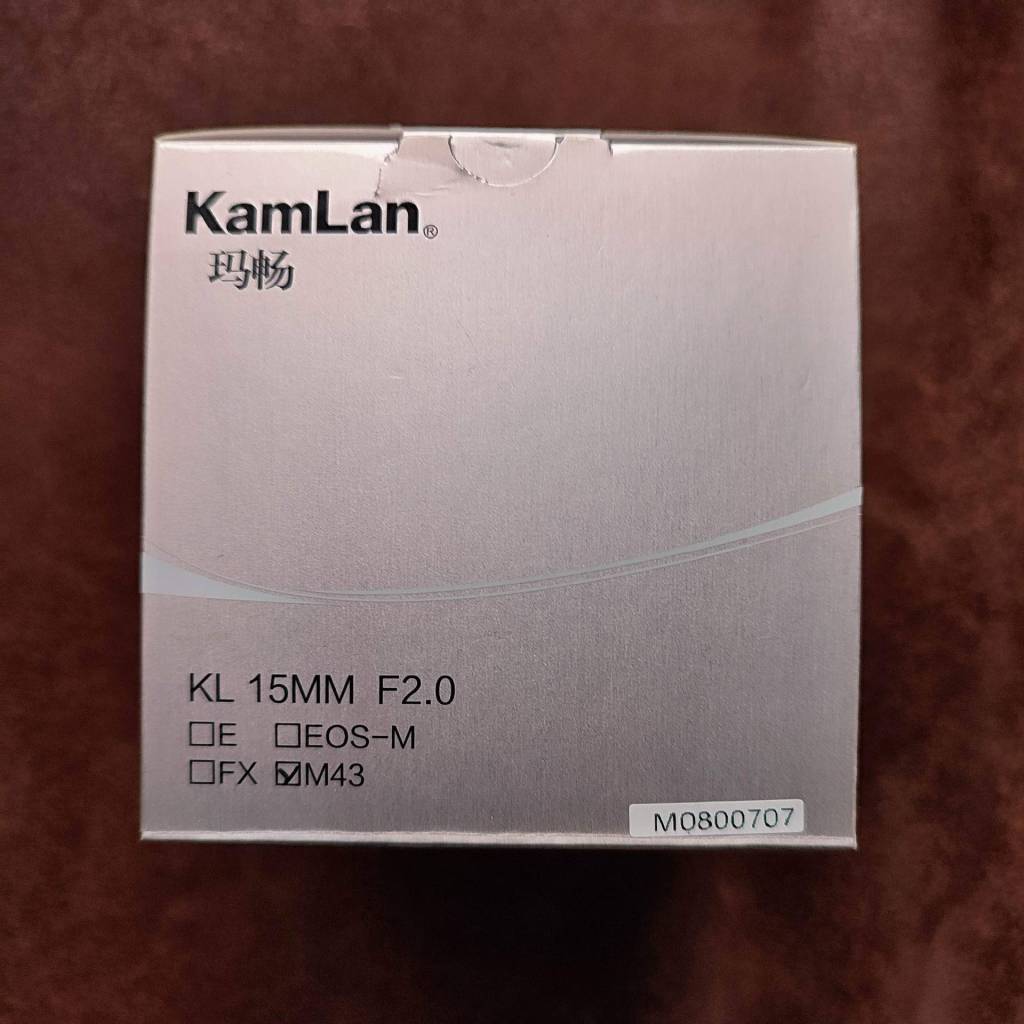
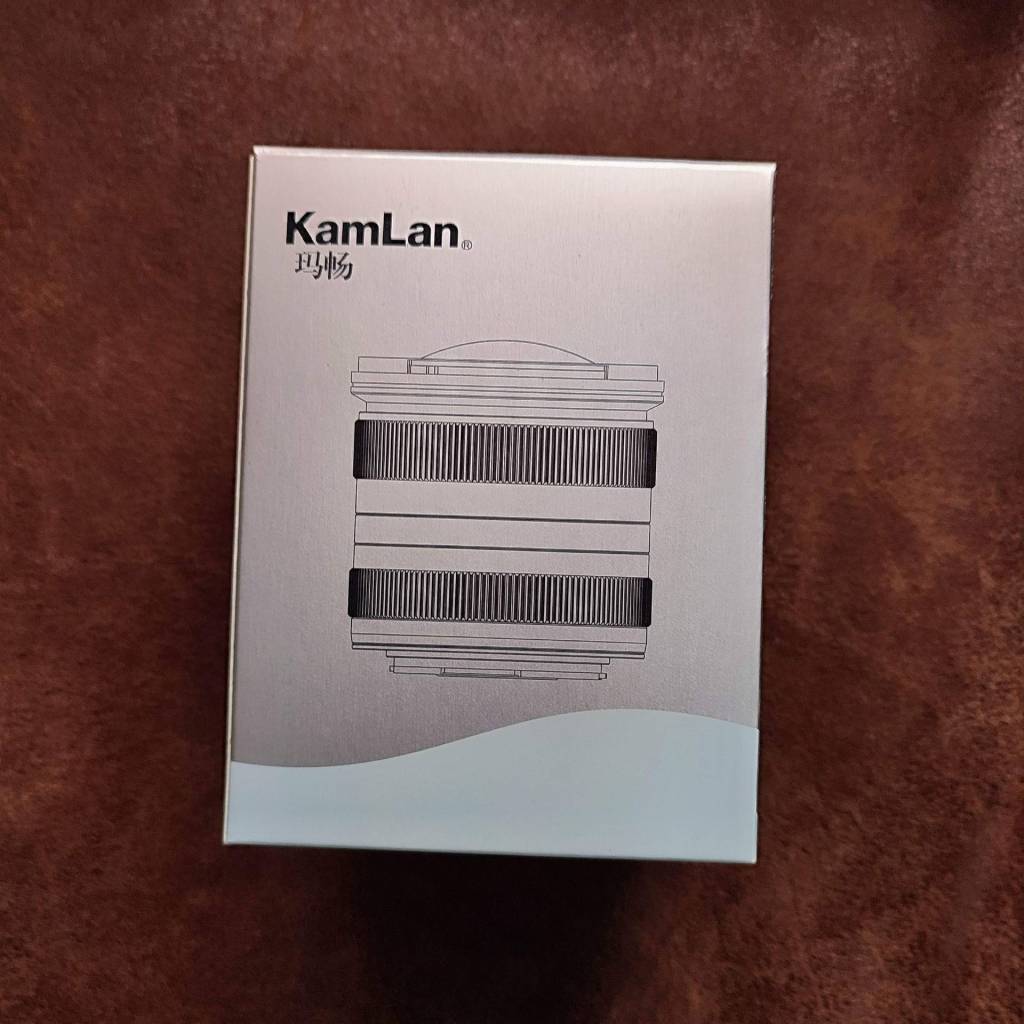
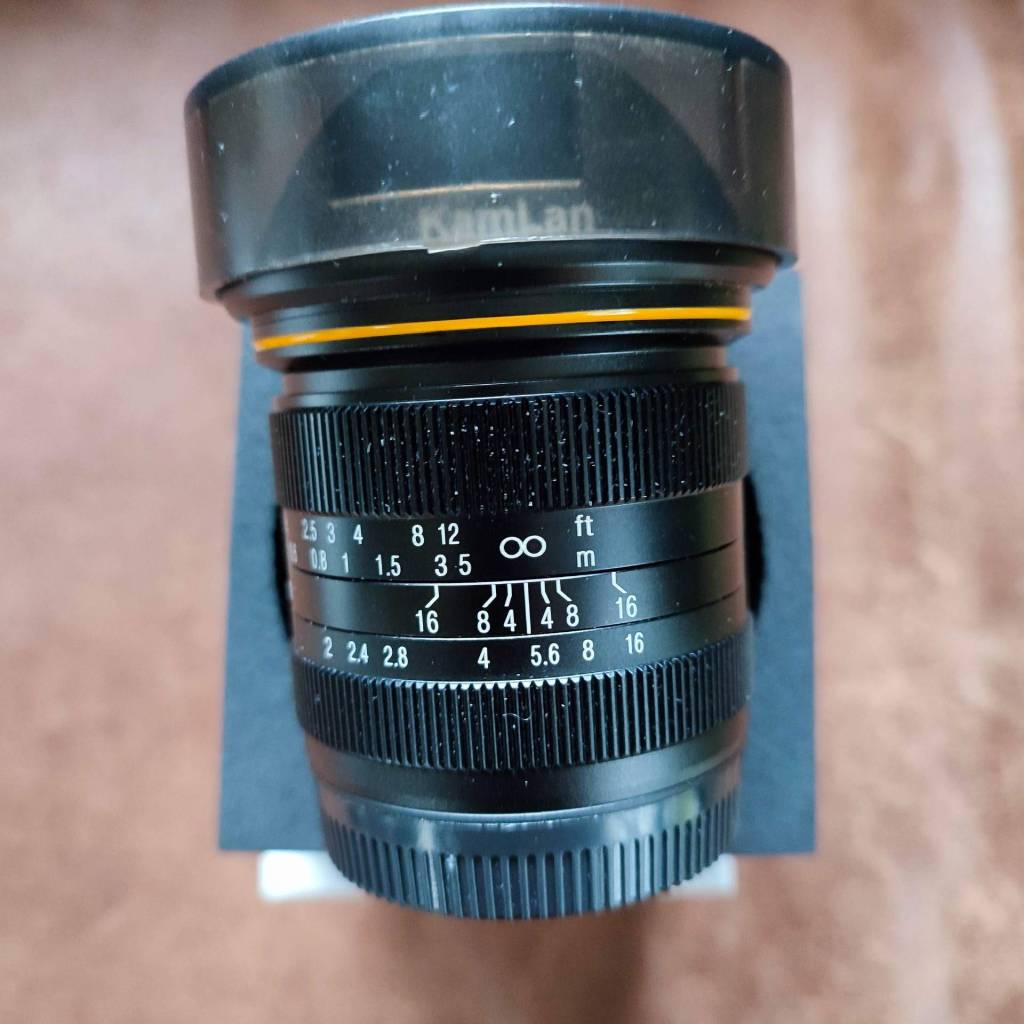
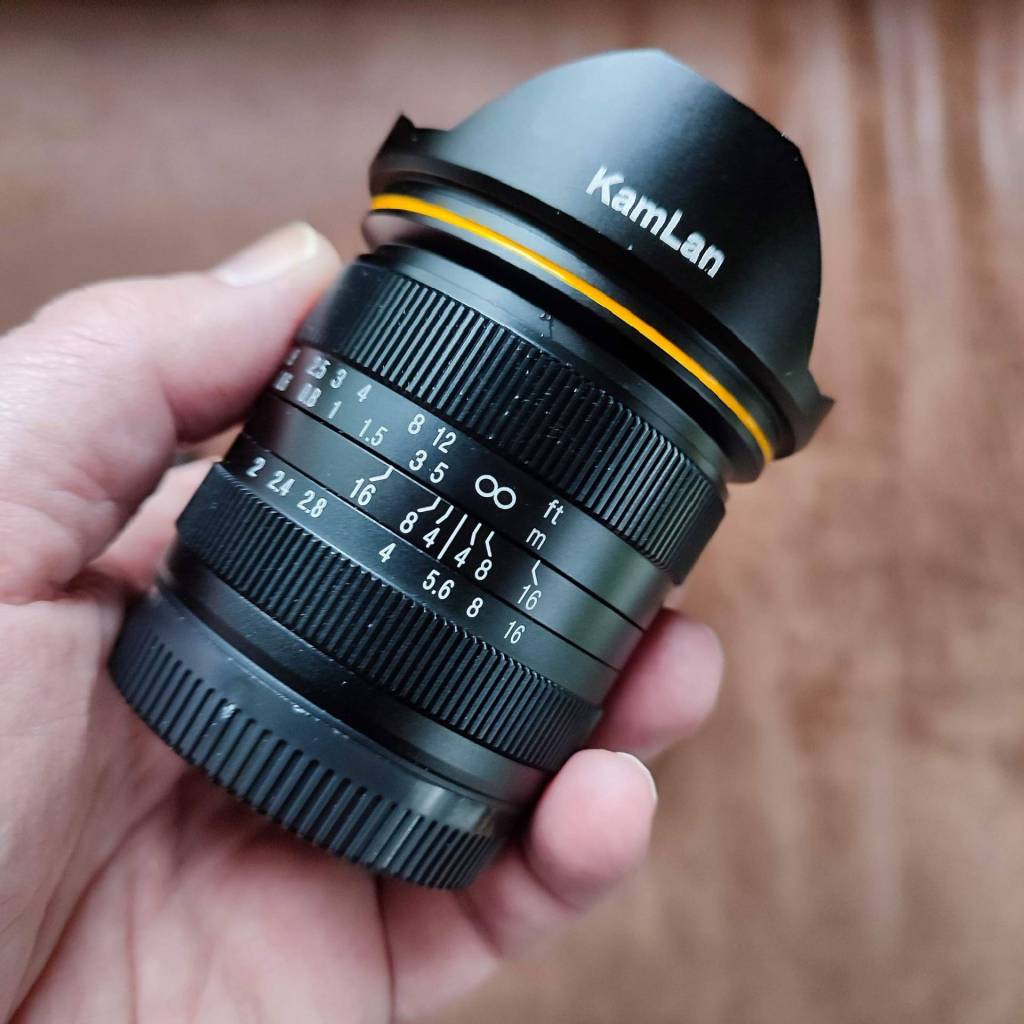
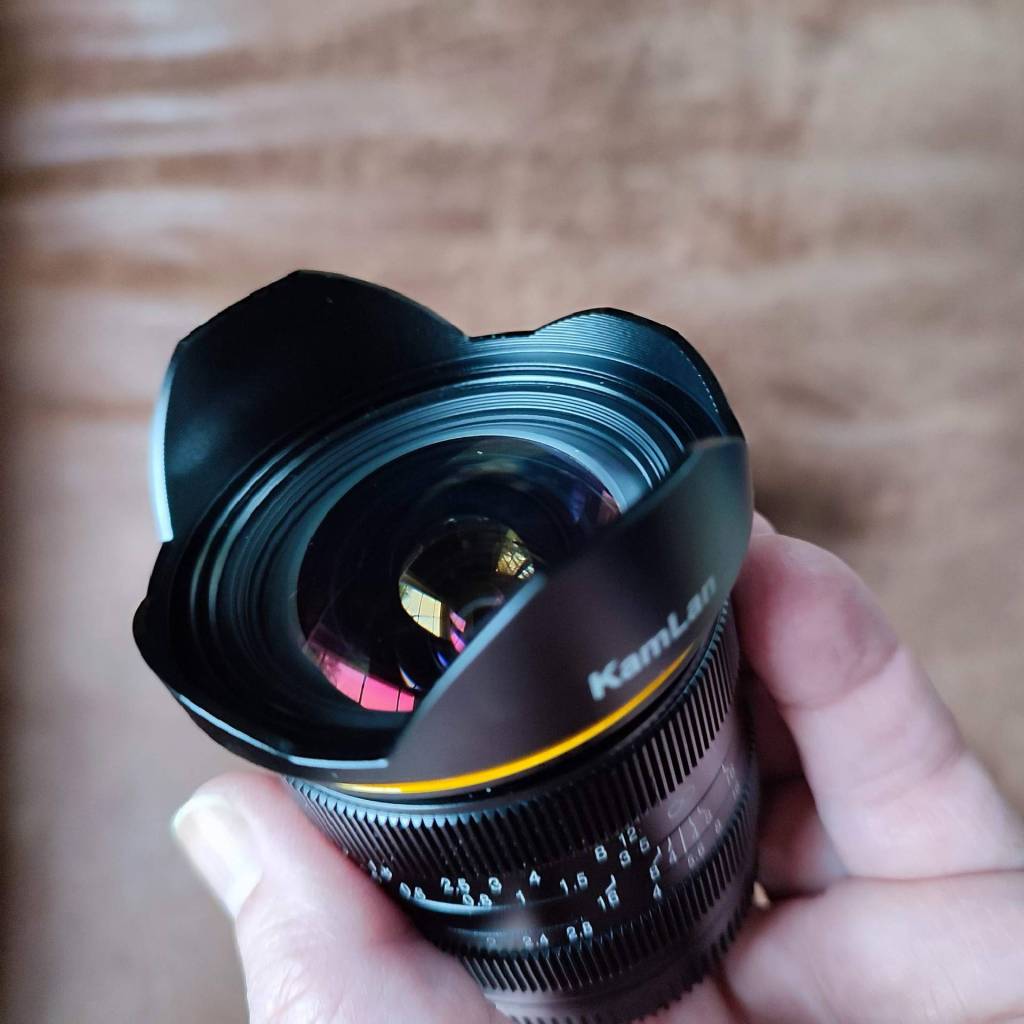
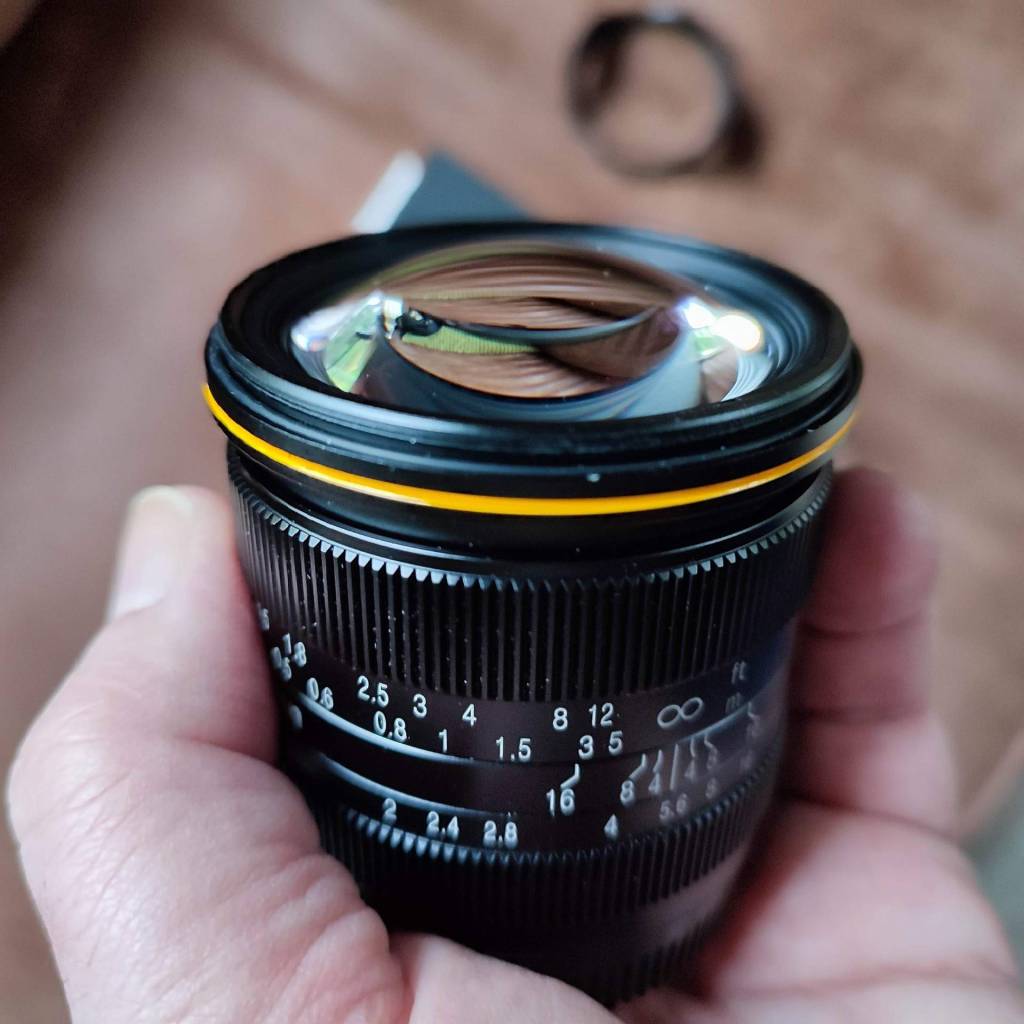
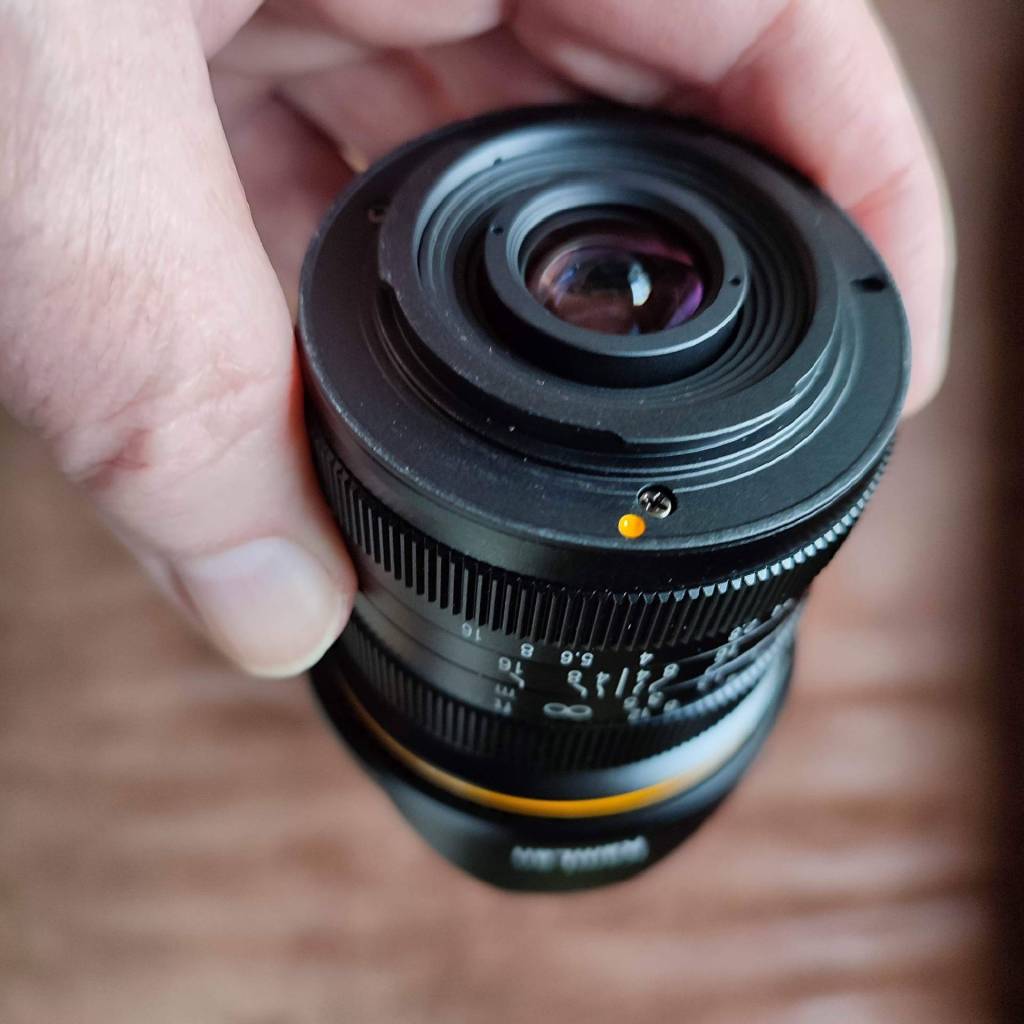
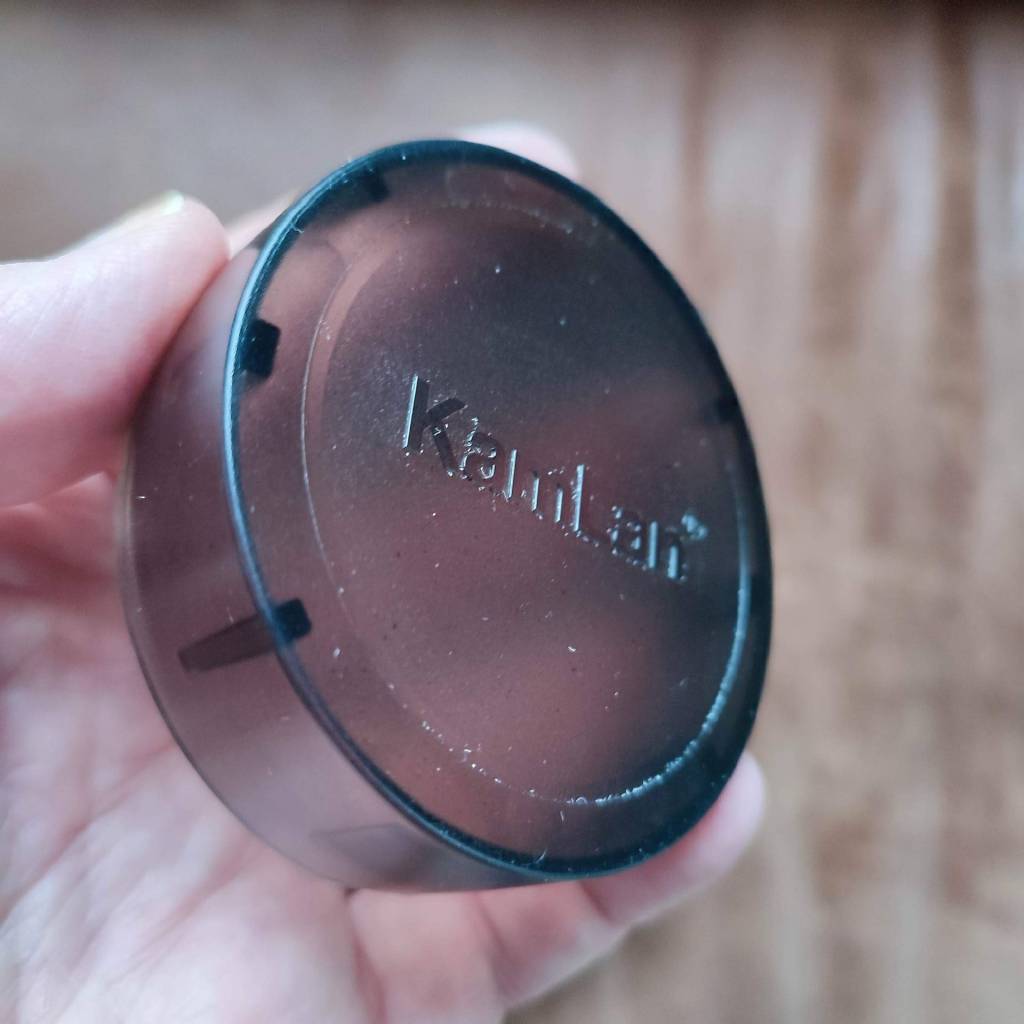

Technical Highlights
- Aperture Range: f/2.0 to f/16
- Minimum Focusing Distance: 0.3m
- Optical Construction: 9 groups, 11 elements
- Field of View: 90° (ideal for wide-angle shooting)
- Build: Compact at 63mm x 56mm
What Others Say
As I prepare to review the Kamlan 15mm f/2 lens, I’ve explored others’ opinions on this wide-angle prime, designed for APS-C and Micro Four Thirds systems. Here are the standout points I’ll soon put to the test:
Sharpness
The lens reportedly struggles with corner softness at f/2—a common trade-off for budget lenses. Stopping down to f/8 improves sharpness, though the edges may still lag behind the center.
Build Quality
Reviewers praise its robust aluminum alloy construction, offering a premium feel at an affordable price.
Value for Money
At around $200, it’s a tempting choice for wide-angle enthusiasts seeking a fast aperture. However, its optical performance doesn’t match pricier alternatives, as expected.
Final Thoughts
While these insights are a great starting point, real-world performance varies by camera, setting, and style. I’ll be testing this lens myself to uncover its true potential. Stay tuned for my full review, where I’ll dig deeper into what this intriguing lens has to offer!
Next Friday, I’ll share the first results here on OSP—a test shoot and video to give a quick initial impression. After that, I’ll take my time to dive deeper into testing both photography and video capabilities—hopefully under better weather conditions!
Update Jan. 24-2025 : Due to the persistent bad weather, I had to postpone the promised video and test photos of the Kamlan 15mm f/2.0. I hope to share the first results within a week, or two at most. They’re on their way—stay tuned!
Discover more from Open Source Photography
Subscribe to get the latest posts sent to your email.


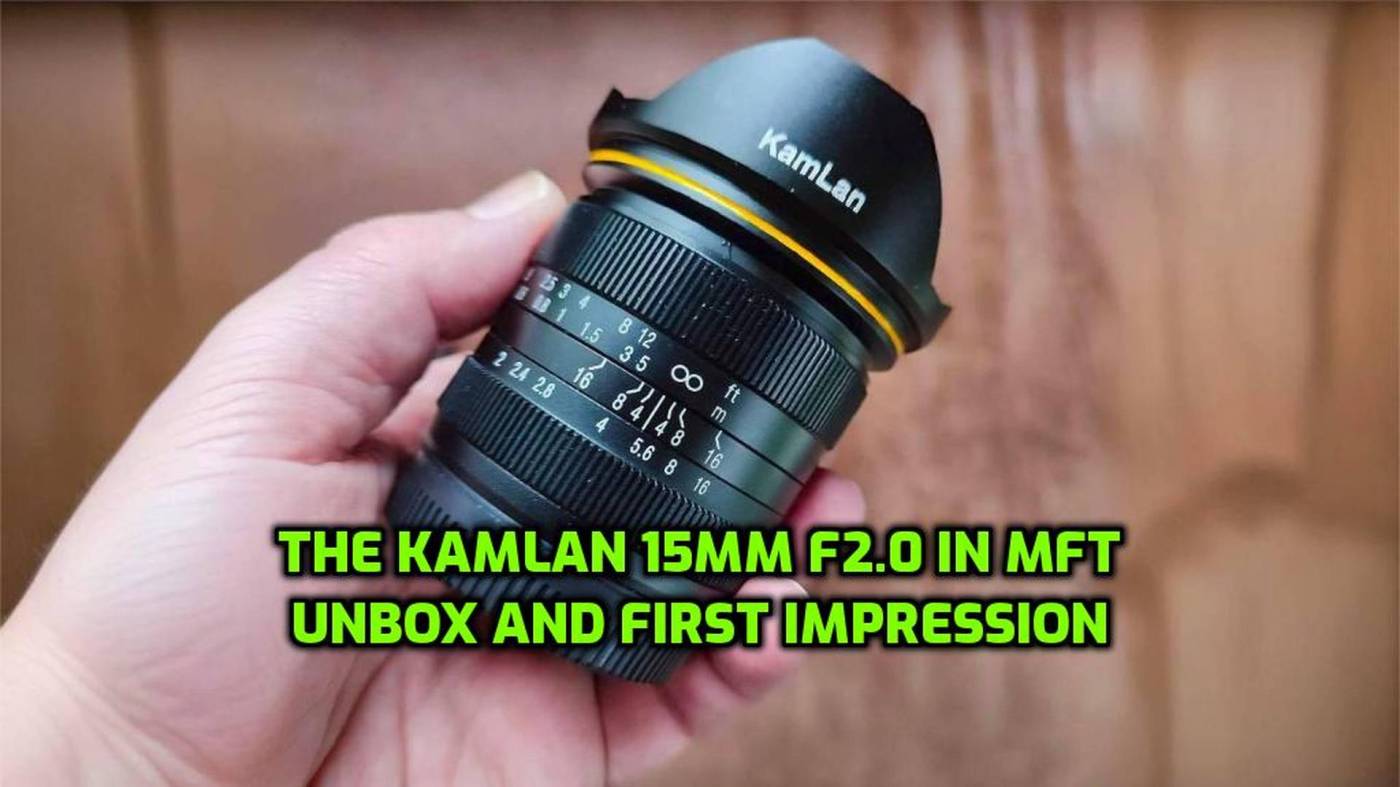

I am always wary of using cheap lenses… unfortunately for years I had no choice as money was tight. I had lenses that were reasonably sharp, provided you used the sweet spot and never anything above f11 or below f5.6! I have some superb photos taken a few years ago that looks really good but impossible to print at anything greater than A4 as the imperfections in the lenses show up. When I switched from Nikon to Olympus and decided that I would make my living out of photography I spent quite a lot of money and bought several Olympus Pro lenses, and now I don’t have to worry about not taking a photo at f16 or Ff2.8 as I know the results will be sharp. But there is a very expensive trade off for the quality.
LikeLiked by 1 person
Hi James, you are a professional photographer, so I totally understand your choices—you aim for the best because it puts food on the table.
For me, photography is about capturing what I enjoy or expressing artistic value. The gear I use depends on what I find acceptable. These days, many iconic photos are taken on smartphones, and people scroll past them just as quickly—whether it’s a snapshot from a random person or a masterpiece by a legend like Bresson.
In reality, 99.998% of photos will never be seen larger than on a phone or computer screen. So, for your livelihood, aim for the best. But for fun? Even if you shoot through a lens cap with a pinhole, if the photo works, that’s all that matters.
All the best !
Marc.
LikeLiked by 1 person
Zo onbekend voor mij….
LikeLiked by 1 person
Hier in België zijn ze minder bekend, zijn van Chinese makelij, en goed van kwaliteit.
LikeLiked by 1 person
Aha!
LikeLiked by 1 person